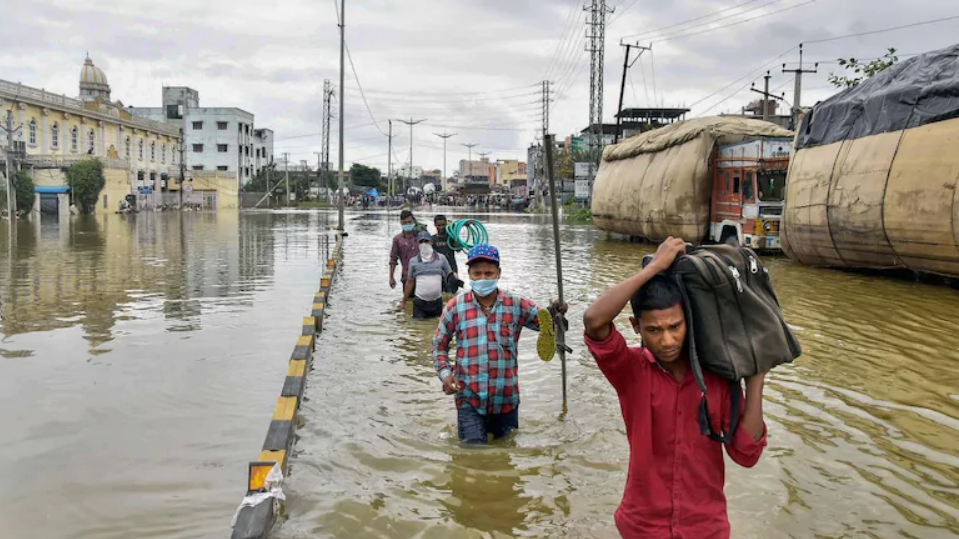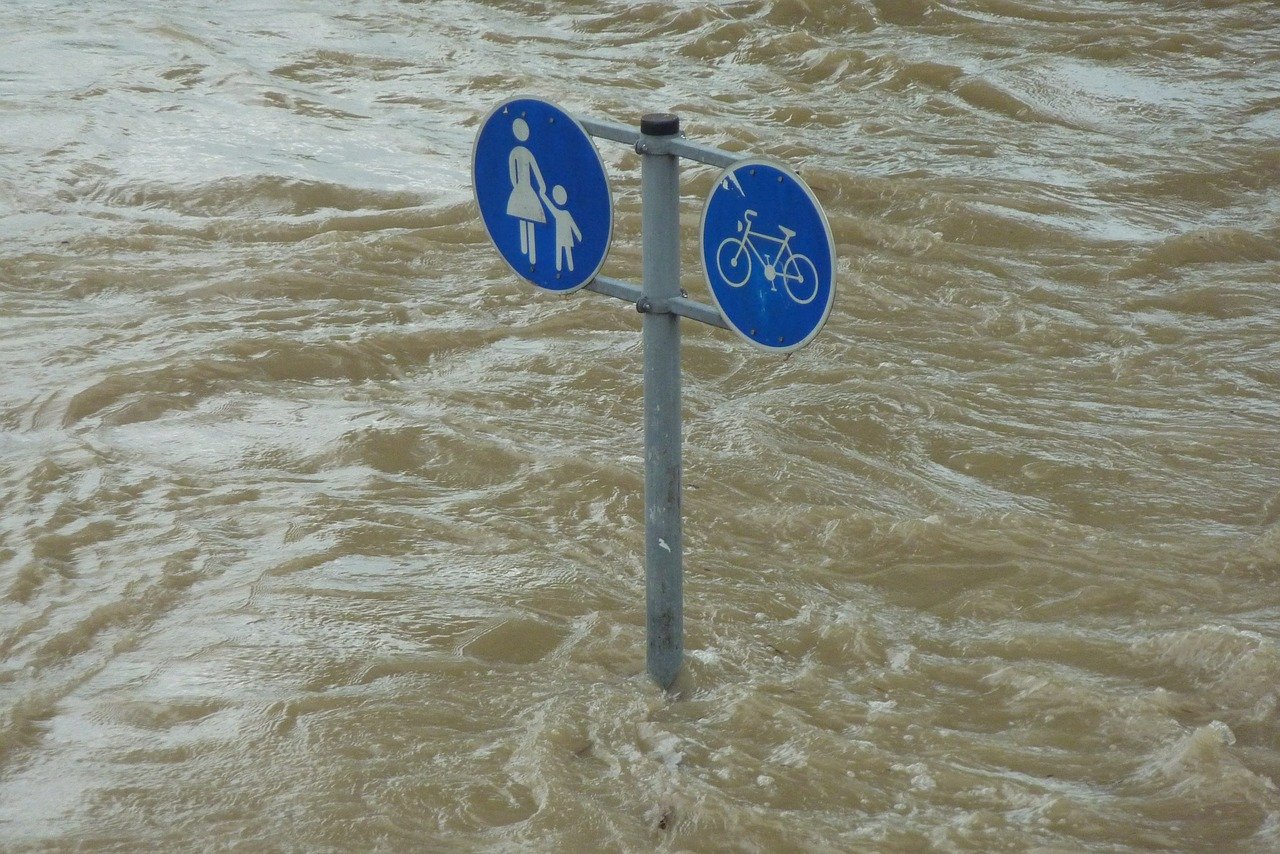Climate Change: The Bouncer Cricket can’t Duck
3 mins read
•
Updated 1 year ago

Cricket is the second most followed sport in the world. In India, it is not just a sport, but an emotion that brings everyone together as one nation. However, on a distinct note, many sports including cricket have been contributing to environmental degradation (especially through waste generation) and to
Climate Change. It is no surprise that Climate Change will affect sports. The Sports for Climate Action Framework under the UNFCCC has recognised unseasonal rainfall forcing cancellation or abandonment of sport matches, and increased injuries to players from heat exhaustion and impact injuries from harder playing surfaces as impacts of Climate Change. In addition to the physical impact, all these impacts have potentially significant financial repercussions and logistical impacts. Such are not projections; they are real impacts and continue to happen all over the world and in sports. This short piece will look into how unpredictable weather or how change in climate has been negatively affecting the game of cricket. While this is only a speck of an issue considering the dangers climate changes poses, this is also something that can’t be ignored.Weather has always played a very important role and affects the field of play (the pitch) in cricket. It affects the batting conditions, the way the ball moves, the choice of players on the field, the way the game is played, etc.. Weather usually determines the balance of power in a game with sunny conditions typically more beneficial for batting at any moment, while overcast and humid conditions appear to support bowling. The Game Changer Report in 2018 by the
Climate Change Coalition and Priestley International Center for Climate states that, “Of all the major pitch sports, cricket will be hardest hit by Climate Change”.The first real exhibition of the effects of Climate Change on cricket’s ecosystem was seen during the ICC Men’s Cricket World Cup (2019). England had received just 2 mm of rain in June in 2018 but the south-east of England experienced over 100 mm drops in 24 hours alone. “This is extremely unseasonable weather” said David Richardson, the CEO of the International Cricket Council (ICC) in its press release regarding the incessant rain during the CWC (2019). On the financial front, the first three world cup matches that were washed out due to rain is said to have cost Indian insurance companies something in between Rs. 150 -180 crores. The latest victim of match abandonment due to wet pitch after rain delayed the match in India (Guwahati) was the opening T20 Match between India and Sri Lanka on Jan 5, 2020. January is considered to be the month with least rainfall in Guwahati and with average precipitation of 0.2 mm. It rained around 7.1mm (>7.6mm is considered heavy rain) on the day of the match, but the weather report suggested only scattered showers. While it cannot be concluded that such individual occurrence can be attributed to Climate Change alone, what needs to be understood is the fact that such occurrences will become more common in the future.
Droughts and water shortages are unfortunate consequences of reduced rainfall. Water is integral in preparing suitable pitches based on weather of the place. Due to the acute water shortage in Cape Town, South Africa, the Indian National Cricket team on tour were asked not to take a shower for more than two minutes. Indian Premier League (IPL) matches in 2016 had to be relocated from Maharashtra pursuant to an order of its High Court due to the prevalent drought conditions and water shortage. Clearly, watering the pitch cannot be considered a priority when people’s lives are at stake.
BCCI
cricket
icc
ICC
India
Author
Related Articles

Assam Floods and Climate Change: Addressing the elephant in the room
Flood in Assam is an annual phenomenon. Across the years, it has aggravated and disproportionately affect populations in the lowest economic strata in the state and the marginalised communities whose livelihood, shelter and access are disrupted.
Read more

Climate Change and Urban Infrastructure in Relevance to Hyderabad Flooding
Climate Change and Urban Infrastructure in Relevance to Hyderabad Flooding by Gurleen Kaur Matharu
Read more

Water and Climate Change: Lessons learnt from Chennai Floods
Read more

The Amazon Rainforest and Climate Change
Read more